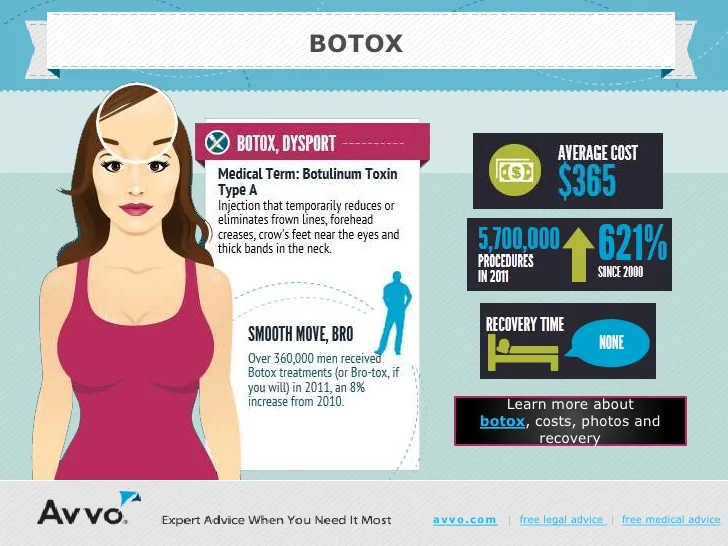How To Test For Skin Allergies To Acne Products
How To Test For Skin Allergies To Acne Products
Blog Article
Sources of Acne on Cheeks
Acne breakouts in the cheek location are activated by many points, from touching your face often to not changing your pillow case typically enough. Picking at imperfections boosts your risk of infection and scarring, and particular medications can worsen dark areas (postinflammatory hyperpigmentation).
The good news is, there are many ways to prevent and treat cheek acne. These include:
1. Hormonal Changes
Acne is largely caused by hormones, especially those produced throughout the age of puberty and maternity. For some, a family history of acne might additionally add to their problem. Anything that blocks pores, such as oil-based skin treatment products or waxy hair products, can trigger acne. Various topical treatments, like benzoyl peroxide and salicylic acid, can fight microorganisms and unclog pores. Those with extreme or persistent acne must seek treatment from their doctor.
Avoid touching or squeezing your acne, as this can press a few of the germs deeper into the skin, resulting in a more severe outbreak. It is additionally crucial to alter pillowcases frequently and utilize clean makeup brushes. You need to additionally attempt to prevent irritants such as friction from putting on a headgear or limited collar.
2. Diet plan
The greasy, sugary foods that many individuals believe trigger acne may actually not do so. Actually, research studies have shown that consuming a diet plan rich in whole, nutrient-dense foods aids to stop breakouts.
Foods high in the glycemic index (such as white bread, corn flakes, puffed rice and potatoes, doughnuts and other breads) increase blood glucose levels promptly, and this can boost hormones that boost oil manufacturing and cause acne.
Drinking cow's milk has additionally been connected to enhanced acne breakouts. If you are a normal cow's milk enthusiast, you might intend to attempt switching to low-fat or nondairy alternatives that are strengthened with calcium. Furthermore, drinking even more water can assist to decrease acne due to the fact that it aids to keep the skin hydrated.
3. Excess Oil
While oil is important for healthy skin, it can come to be an issue when too much sebum blends with dead skin cells and blocks pores. This combination can develop blackheads, whiteheads and acnes. The clogged pore wall surface can break down and spill germs, dead skin cells and sebum into bordering skin. This leads to a red bump known as an acne. In some cases these red bumps have pus in the facility from a microbial infection. Larger infected bumps that resemble acne are called cysts.
There are numerous points that can create excess sebum and stopped up pores, including hormonal agent changes, diet and everyday practices. Some instances consist of touching the face frequently, relaxing your hand on your cheek, utilizing unclean makeup brushes and not changing pillow cases routinely.
4. Stress and anxiety
If you're taking care of throbbing acnes or a multitude of blackheads and whiteheads, it may be time to speak to a skin specialist. They can recommend an efficient treatment that fits your skin type. Practicing leisure and stress-reduction techniques additionally assists.
Acne can occur in the cheeks as a result of friction and stress, such as when a person touches their face regularly or puts on a hat or sports helmet that massages against the skin. It can also appear where greasy cosmetics and lotions rub versus the skin.
Avoid pressing best facial near me acne, as this can push contaminated material deeper right into the skin and lead to scarring. Rather, see a doctor to discover preventative treatments like medicine, skin treatment products and way of living modifications. Consuming a healthy diet regimen of whole foods, getting seven to nine hours of sleep and making use of noncomedogenic makeup and skin care products can all help in reducing acne breakouts.
5. Hair Products
Hair items are not typically considered a source of breakouts, however they can add to acne on the cheeks in some people. Pomade acne, which is defined by tiny closed comedones and papulopustules, is frequently brought on by using oily hair items that contain comedogenic components such as particular oils and acetylated lanolin.
Choosing hair items that do not contain these potentially comedogenic active ingredients is an important step towards minimizing outbreaks. Likewise, making sure that hair products aren't can be found in contact with the skin can help avoid outbreaks. For example, using a headscarf or bonnet in the evening can restrict hair-to-face call and minimize the likelihood that leave-in hair products will certainly abrade onto the face.
In addition to using a non-comedogenic cream and cleaning with an acne face clean, other valuable approaches include: